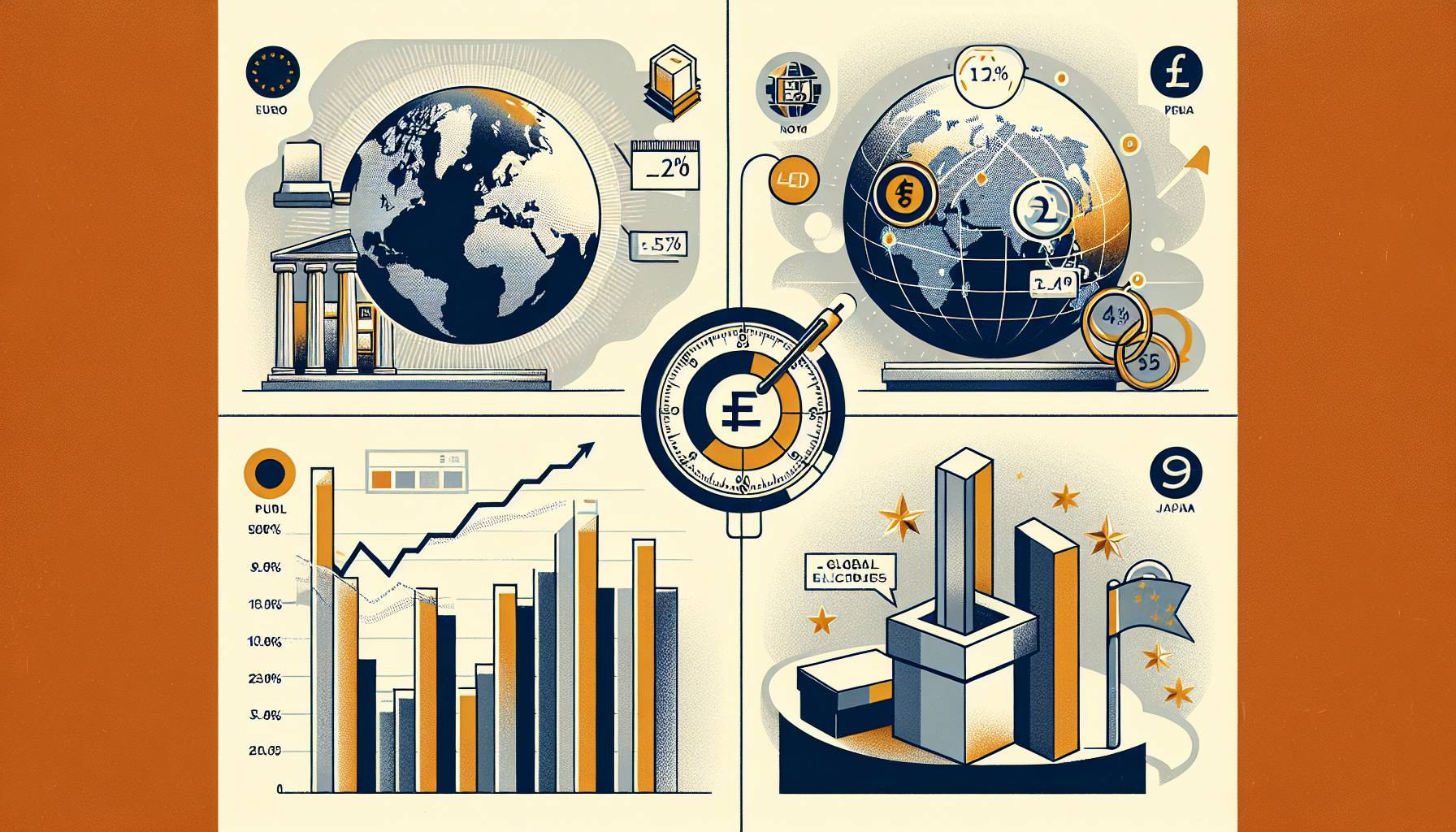Retail sales surpass expectations
Analysts warn that persistent inflation could erode purchasing power and slow economic momentum. The Federal Reserve faces the delicate task of balancing interest rates to manage inflation without stifling growth. Business leaders and policymakers are urging a careful assessment of the long-term implications of these tariff policies, as prolonged inflation could lead to broader economic challenges.
The announcement has sparked a wide range of reactions from global trade partners, with some expressing concerns over the potential escalation of trade tensions. For Australian exporters, the new tariffs could mean increased costs when accessing the U.S. market, prompting a need to explore alternative trade routes or renegotiate terms to stay competitive. Industries such as agriculture, where Australia holds a strong export position, may need to strategize to maintain market share amidst these changes.
For Australian traders, the impacts of these trade deals might be felt through the AUD/USD exchange rate. Changes in trade policies can lead to shifts in demand for currencies, thereby influencing their relative strength. The S&P 500’s 0.8% rise for the week reflects current market optimism, yet the unchanged U.S. Treasury yields suggest a cautious approach.
Inflation concerns due to tariffs
However, it’s crucial to note the downside present in June’s inflation report. The data revealed that tariff-related price pressures are increasingly evident within the economy. As inflation impacts currency values, traders should be vigilant; inflationary trends can lead to shifts in interest rates, directly influencing forex market dynamics.
Economists view these figures as a sign of resilience in the face of potential economic headwinds. Despite concerns over international trade tensions and other macroeconomic challenges, the underlying strength of consumer spending provides a stabilizing force for the economy. Market analysts continue to monitor these trends closely, as sustained growth in retail sales could have positive implications for the broader financial landscape.
Traders should closely monitor these developments, as the unfolding trade landscape could offer both challenges and opportunities. Being well-informed and adaptable is key to navigating the complexities introduced by these new trade measures.
“The cascading effect of tariffs is evident across multiple sectors, and without strategic intervention, inflationary pressures could become a formidable obstacle to sustained economic growth,” remarked an economic expert.
As the situation unfolds, it remains crucial for Australian businesses to stay informed and agile in their responses to the shifting trade policies. Collaboration with government trade agencies and industry bodies can provide valuable insights and support as companies navigate this intricate economic terrain. The ongoing dialogue between nations will be pivotal in shaping the future of global trade relations, with the hope of achieving a balanced and sustainable economic ecosystem.
Trade deals and tariff announcements
In the latter half of July, some significant updates on the U.S. economy emerged. June’s retail sales exceeded expectations, reflecting a positive development. This boost in retail sales suggests a robust consumer spending pattern, which is a critical component of the economic growth engine. The increase was driven by a variety of factors, including consumer confidence and a strong labor market, which together have spurred spending across various retail sectors.
Retailers reported higher-than-anticipated revenues, which were largely attributed to increased demand for consumer goods. Categories such as electronics, clothing, and home goods saw significant upticks, indicating that consumers are willing to invest more in discretionary items. This trend bodes well for future growth, as consumer spending accounts for a substantial portion of economic activity.
The impact of these tariffs is multifaceted. On one hand, they are intended to protect domestic industries by making foreign products more expensive. However, this has led to an increase in production costs for companies that rely on imported materials. As a result, prices for everyday items such as food, electronics, and household goods have begun to climb, squeezing household budgets and potentially dampening consumer spending.
“The introduction of reciprocal tariffs is a game-changer for international trade, requiring businesses to rethink their strategies and adapt to an evolving economic environment,” noted a trade analyst.
The recent trade deals and tariff announcements by President Trump have introduced a new layer of complexity to international economic relations. With the introduction of a 10-15% reciprocal tariff rate, many countries are recalibrating their trade strategies to adapt to the changing landscape. This development marks a significant shift in global trade policies, as nations grapple with the implications of retaliatory tariffs and their potential impact on international markets.
Retail sales and inflation trends
In the latter half of July, significant updates on the U.S. economy emerged. June’s retail sales exceeded expectations, marking a positive development for traders. This uptick suggests increased consumer confidence, a key indicator that often drives market trends.
The situation underscores the complexity of international trade dynamics and their far-reaching impact on domestic economies. As stakeholders navigate these challenges, there is a pressing need for adaptive strategies to mitigate the adverse effects of tariffs on inflation and consumer welfare.
Amidst the positive retail sales figures, there are growing concerns about inflationary pressures, particularly those arising from tariffs. The June inflation report highlighted that tariff-related price increases are becoming more pronounced, affecting a wide range of goods and services. As the costs of imported goods rise, businesses are grappling with the decision to absorb these costs or pass them on to consumers.
Trade deals and market impacts
For Australian traders, these developments in the U.S. economic landscape could create ripple effects. The interplay between retail sales and inflation trends may impact the AUD/USD pair, offering potential opportunities for well-informed trading strategies.
“Trade agreements and tariffs directly influence import-export dynamics, affecting currency valuations and trader sentiment,” said an industry expert. “Understanding these nuances is essential for strategic planning.”
President Trump’s announcement of a third trade deal this week has stirred the market waters once again. The introduction of a 10-15% reciprocal tariff rate for most countries could have substantial ramifications across various sectors. For forex traders, particularly those dealing in USD pairs, these developments signal a potentially volatile trading environment.
Domestically, the U.S. approach aims to encourage fairer trade practices and bolster American industries. However, the ripple effects of these tariffs could extend beyond national borders, affecting supply chains and international trade balances. Australian businesses engaged in import and export activities with the U.S. are closely monitoring these developments, assessing the potential impact on pricing, supply chain logistics, and overall market dynamics.

